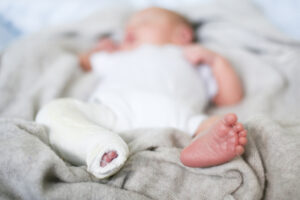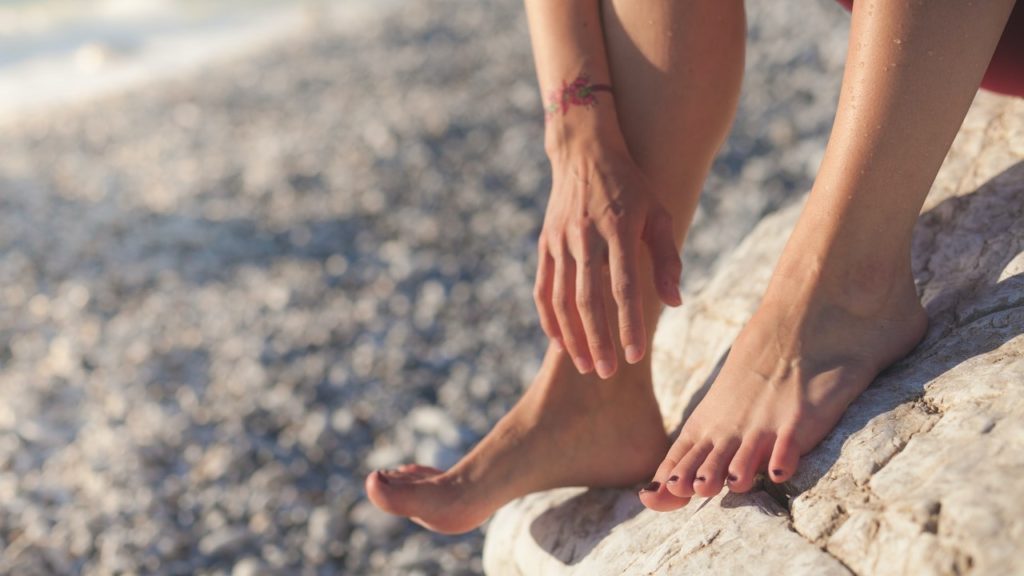By Pedram A. Hendizadeh, DPM, FACFAS
Clubfoot is one of the most common congenital foot deformities, making it a concern for parents of newborns.
Though this deformity may look concerning, it’s curable with a combination of non-surgical and sometimes surgical treatments.

Clubfoot, otherwise known as talipes equinovarus, appears as a twisted and bent foot that’s turned inward and downward. The condition is most often seen during the second trimester of pregnancy during ultrasounds. In most cases, clubfoot isn’t related to any underlying genetic or environmental factor but accrues sporadically. It is more common in firstborn children as the uterus is tighter.
There is no definite cause, but for some cases, a family history of the condition is relevant. There have also been some associations with amniotic bands, which are fibrous rings that form inside of the amniotic sac, sometimes around the developing limbs causing pressure spots.
The Ponseti method is the primary treatment for clubfoot. Ponseti method involves redirecting the tendon located at the back of the ankle, followed by a series of casts to position the feet correctly. A small cut followed with a cast resulting in easy recovery and no serious after-effects.
After the casting process, the baby may need to wear a brace to stabilize the feet, and the brace will be worn for the next several months to prevent recurrence of the clubfoot.
If the non-surgical treatments don’t work, surgery may be required. A surgical procedure can correct the tissues, tendons, and bone structure around the affected area, allowing the foot to assume its correct position.
Early detection and prompt treatment, clubfoot in newborns is manageable. The Ponseti method is a comfortable and effective treatment, assuring parents that their child will soon be walking and playing like any other child.





